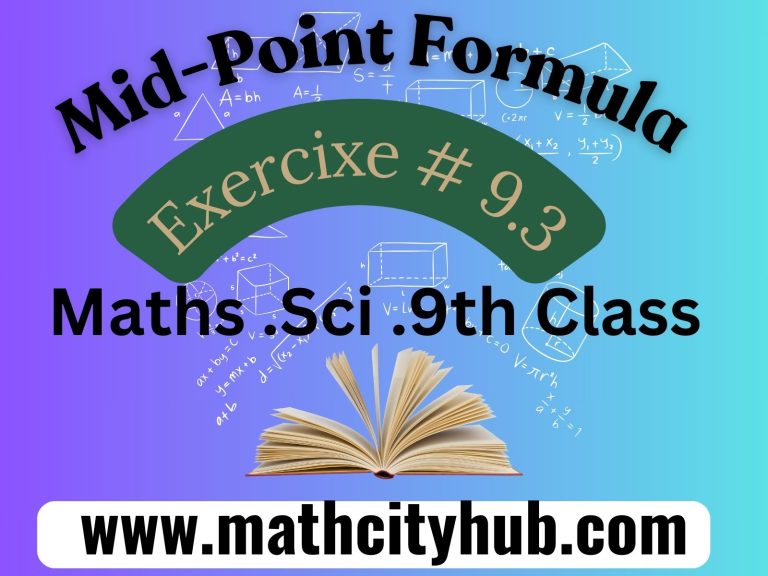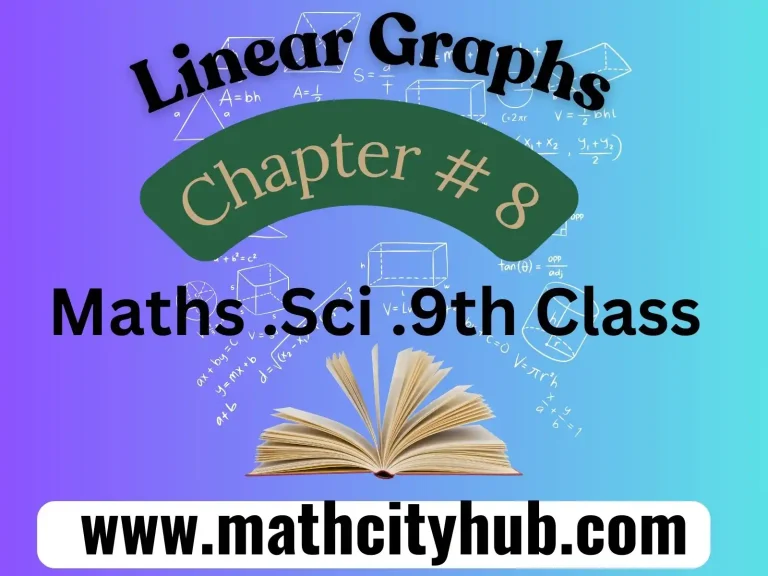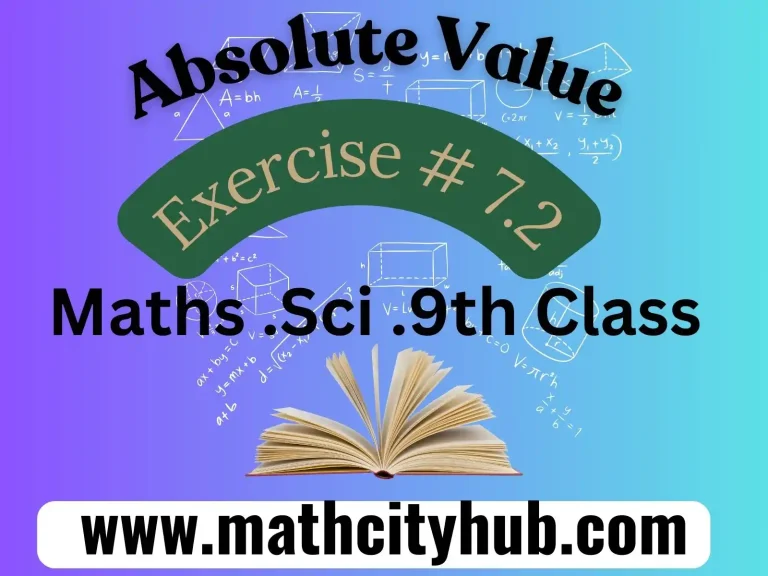Here is the Introduction to Review Exercise 4 of Chapter 4 of Mathematics for Class 9, Punjab Textbook Board.
Chapter 4: Algebraic Expressions and Algebraic Formulas
Review Exercise 4
9th-Math-Ch-4-Review:This exercise is a review of the concepts and skills learned in Chapter 4. It consists of 8 questions, each of which tests a different concept or skill. The questions are arranged in increasing difficulty.
The first question is a multiple choice question that tests the student’s understanding of the difference between a term and an expression. The second question is a fill-in-the-blank question that tests the student’s ability to identify the constants, variables, and coefficients in an expression. The third question is a short-answer question that tests the student’s ability to simplify an expression.
The remaining questions are more challenging. They test the student’s ability to:
- Expand algebraic expressions
- Factor algebraic expressions
- Solve equations containing algebraic expressions
- Use algebraic formulas
The Review Exercise is a valuable tool for students to assess their understanding of the concepts and skills learned in Chapter 4. It can also be used by teachers to track student progress and identify areas where additional instruction may be needed.
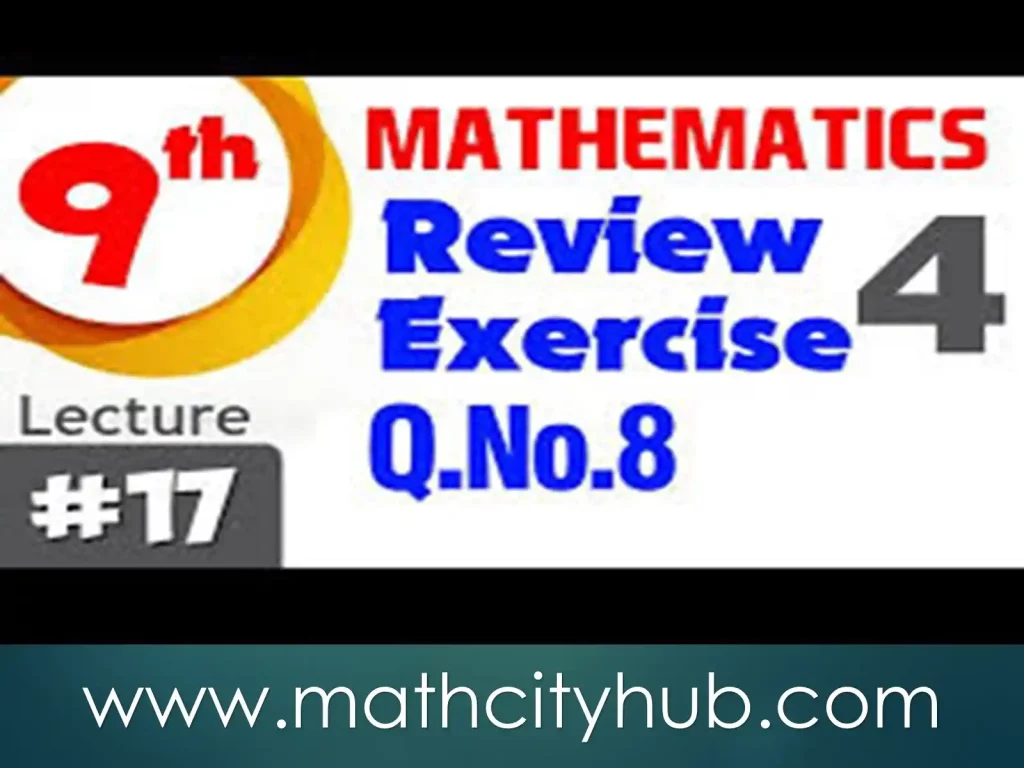
Here are some tips for students who are preparing for the Review Exercise:
- Make sure you understand the concepts and skills covered in Chapter 4.
- Practice solving problems that are similar to the ones in the Review Exercise.
- Ask your teacher for help if you are struggling with any of the concepts or skills.
- Sure, here are the details of Chapter 4: Algebraic Expressions and Algebraic Formulas, Review Exercise 4 of Mathematics for Class 9, Punjab Textbook Board, Pakistan:
- Introduction
- This chapter introduces the basic concepts of algebraic expressions. It defines terms such as variables, constants, coefficients, terms, and factors. It also discusses the different types of algebraic expressions, such as monomials, binomials, and polynomials.
- Operations on Algebraic Expressions
- This section discusses the basic operations of addition, subtraction, multiplication, and division of algebraic expressions. It also discusses the associative and commutative properties of addition and multiplication.
- Simplification of Algebraic Expressions
- This section discusses the different techniques for simplifying algebraic expressions. These techniques include combining like terms, factoring, and using algebraic identities.
- Expansion of Algebraic Expressions
- This section discusses the different techniques for expanding algebraic expressions. These techniques include the distributive property and the sum-product pattern.
- Factoring of Algebraic Expressions
- This section discusses the different techniques for factoring algebraic expressions. These techniques include the factoring by grouping and the difference of squares pattern.
- Solving Equations Containing Algebraic Expressions
- This section discusses the different techniques for solving equations containing algebraic expressions. These techniques include the elimination method, the substitution method, and the graphical method.
- Algebraic Formulas
- This section discusses some of the commonly used algebraic formulas. These formulas include the quadratic formula, the sum-product pattern, and the difference of cubes pattern.
- Review Exercise 4
- This exercise is a review of the concepts and skills learned in Chapter 4. It consists of 8 questions, each of which tests a different concept or skill. The questions are arranged in increasing difficulty.
Conjugate surds are two surds whose sum and product are rational numbers. A surd is a number that cannot be expressed as a fraction of two integers. For example, the surds √2 and √3 are conjugate surds because their sum and product are both rational numbers:
- Sum: √2 + √3 = √(2 + 2√6 + 3) = √5 + √6
- Product: √2 * √3 = √(2 * 3) = √6
Another way to think about conjugate surds is that they are the sum and difference of two simple quadratic surds. For example, the surds √2 + 3 and √2 – 3 are conjugate surds because they are the sum and difference of the simple quadratic surd √2.
Introduction to Algebraic Expressions:
Algebraic expressions are a fundamental part of algebra, which is a branch of mathematics that deals with symbols, variables, and the rules for manipulating them. Algebraic expressions provide a way to represent and work with mathematical relationships, patterns, and formulas. They are essential tools for solving equations, simplifying problems, and modeling real-world situations. Here’s an introduction to algebraic expressions:
- Definition:
- An algebraic expression is a mathematical phrase or combination of numbers, variables, and arithmetic operations.
- Variables in algebraic expressions represent unknown or changing values and are often denoted by letters, such as ‘x,’ ‘y,’ or ‘a.’
- Constants are fixed numerical values.
- Arithmetic operations include addition (+), subtraction (-), multiplication (*), division (/), and exponentiation (^ or **).
- Components:
- Variables: These are placeholders for unknown or varying quantities. Variables can take on different values, and they are often used to represent real-world quantities, such as time, distance, or the cost of an item.
- Constants: These are fixed numerical values that do not change within the context of a particular problem.
- Coefficients: Coefficients are the numbers that multiply variables in an expression. For example, in the expression 3x, 3 is the coefficient of the variable x.
- Terms: A term is a part of an algebraic expression that may consist of a constant, a variable, and a coefficient. For example, in the expression 2x^2, there are two terms: 2 and x^2.
- Operations: Arithmetic operations determine how the terms and factors within an expression are combined. The order of operations (PEMDAS/BODMAS) is used to clarify the sequence of operations.
- Simplification and Evaluation:
- Algebraic expressions can be simplified by combining like terms (terms with the same variables and exponents) and performing operations as required.
- Expressions can be evaluated by substituting specific values for the variables and then calculating the resulting numerical value.
- Equations and Inequalities:
- Algebraic expressions are often used to set up equations and inequalities. Equations are statements that assert the equality of two expressions, while inequalities assert an inequality relationship.
- Real-World Applications:
- Algebraic expressions are used to model and solve real-world problems in various fields, including physics, engineering, economics, and finance.
- They play a critical role in understanding and solving problems related to rates, proportions, and growth.
- Algebraic Manipulation:
- Algebraic expressions serve as a foundation for more advanced algebraic concepts, including factoring, solving equations, and working with functions.
In summary, algebraic expressions are a fundamental tool in mathematics, providing a way to represent and manipulate relationships, solve equations, and model real-world situations. They are an essential part of algebra and are used extensively in various fields to analyze and solve a wide range of problems.
Conjugate surds are useful in mathematics for a variety of reasons. For example, they can be used to rationalize surds, which means to express them as fractions of two integers. Rationalizing surds can make them easier to work with and compare.
Here are some more examples of conjugate surds:
- √5 + √7 and √5 – √7
- 3√2 – √3 and 3√2 + √3
- 5√6 + √2 and 5√6 – √2
In general, the conjugate of the surd a + b√c is a – b√c.
Properties of conjugate surds
- The sum and product of conjugate surds are rational numbers.
- The difference of conjugate surds is irrational.
- The conjugate of the conjugate of a surd is the original surd.
How to use conjugate surds to rationalize surds
To rationalize a surd of the form a + b√c, multiply it by its conjugate, a – b√c. This will give you the following product:
(a + b√c) * (a - b√c) = a^2 - (b√c)^2 = a^2 - bc
Since a^2 and bc are both rational numbers, the product is also rational. Therefore, we have rationalized the surd.
For example, to rationalize the surd √5 + √3, we multiply it by its conjugate, √5 – √3:
(√5 + √3) * (√5 - √3) = 5 - 3 = 2
Therefore, 2 is a rationalized form of the surd √5 + √3.
Conclusion
Conjugate surds are a useful tool in mathematics for a variety of reasons. They can be used to rationalize surds, which can make them easier to work with and compare.

Questions & Answers
9th-Math-Ch-4-Review:Here are some questions and answers about Algebraic Expressions review Exercise ch no 4 class 9th science of Punjab textbook:
Question 1:
Which of the following is not an algebraic expression?
(a) 3x + 2 (b) y – 5 (c) 2/3 (d) p2 + q2
Answer:
The answer is (c). 2/3 is a rational number, not an algebraic expression.
Question 2:
Identify the constants, variables, and coefficients in the expression 3×2 – 2y + 4.
Constants: 3, 4 Variables: x, y Coefficients: 3, -2
Question 3:
Simplify the expression 4x – 3(x – 2).
= 4x – 3x + 6 = x + 6
Question 4:
Expand the expression (x + 2)(x – 3).
= x(x – 3) + 2(x – 3) = x2 – 3x + 2x – 6 = x2 – x – 6
Question 5:
Factor the expression x2 + 5x + 6.
= (x + 2)(x + 3)
Question 6:
Solve the equation x2 – 2x – 3 = 0.
(x – 3)(x + 1) = 0 x = 3 or x = -1
Question 7:
Use the formula for the sum of two cubes to expand the expression (a + b)3.
(a + b)3 = a3 + 3a2b + 3ab2 + b3
Question 8:
Find the value of y if y2 – 4y – 12 = 0.
(y – 6)(y + 2) = 0 y = 6 or y = -2
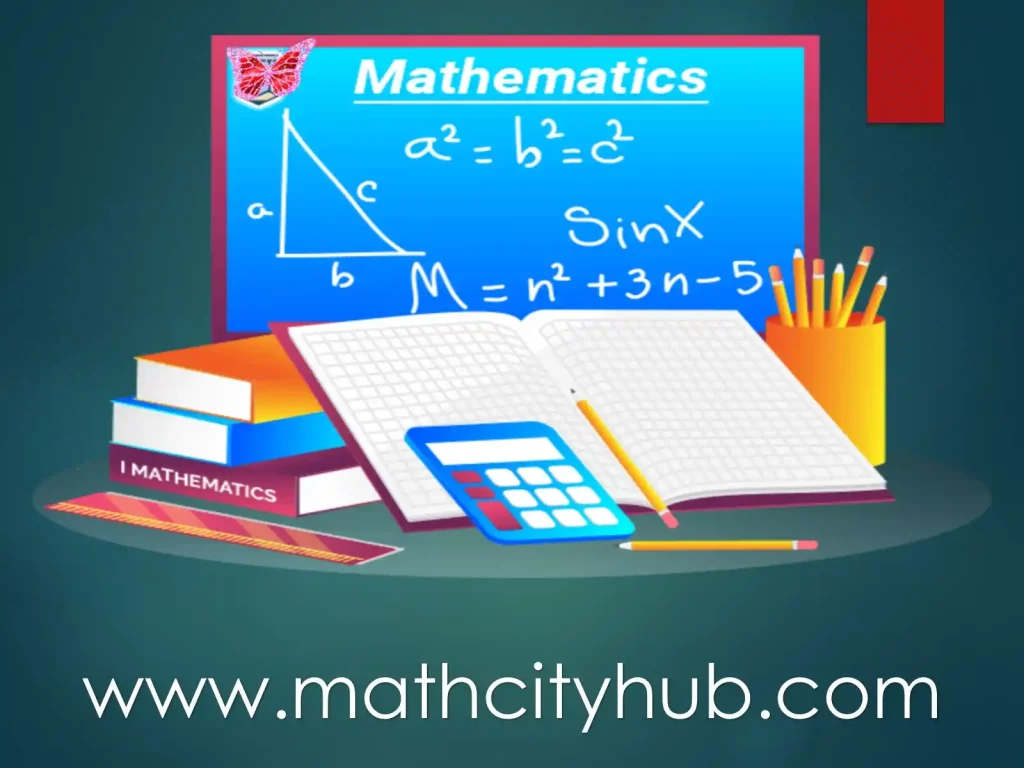
Conclusion
Here is the conclusion about Algebraic Expressions review Exercise ch no 4 class 9th science of Punjab textbook:
- The Review Exercise is a valuable tool for students to assess their understanding of the concepts and skills learned in Chapter 4.
- It can also be used by teachers to track student progress and identify areas where additional instruction may be needed.
- The questions in the Review Exercise cover a wide range of topics, from basic concepts to more challenging skills.
- Students who are able to answer the questions correctly have a good understanding of the material.
- Students who are struggling with the questions should review the relevant sections of the textbook or ask their teacher for help.
Overall, the Review Exercise is a helpful resource for students who are learning about algebraic expressions. It can help them to assess their understanding of the material and to identify areas where they need additional help.
Here are some additional tips for students who are preparing for the Review Exercise:
- Make sure you understand the concepts and skills covered in Chapter 4.
- Practice solving problems that are similar to the ones in the Review Exercise.
- Ask your teacher for help if you are struggling with any of the concepts or skills.
Suggested Read:
- Derivation Of a-b Whole Cube
- A Plus B Whole Square & Cube
- Explanation of A Square B With Example
- Explanation of Abstract Algebra Problems
- Easy Way to Learn A Cubed minus B Cubed
- Best 7th Grade Math Formulas for Children
- Derivation of A Square Minus B Square With Example
- Types of A Specific Formula for Solving a Problem Is Called
Full Book Math 9th Class
Review Exercise Ch No 4
Azam Bodla
M.Phil. Mathematics, Content Writer, SEO Expert
Web Developer, Online Tutor
Call or WhatsApp: +923059611600
Gmail:azambodlaa@gmail.com

